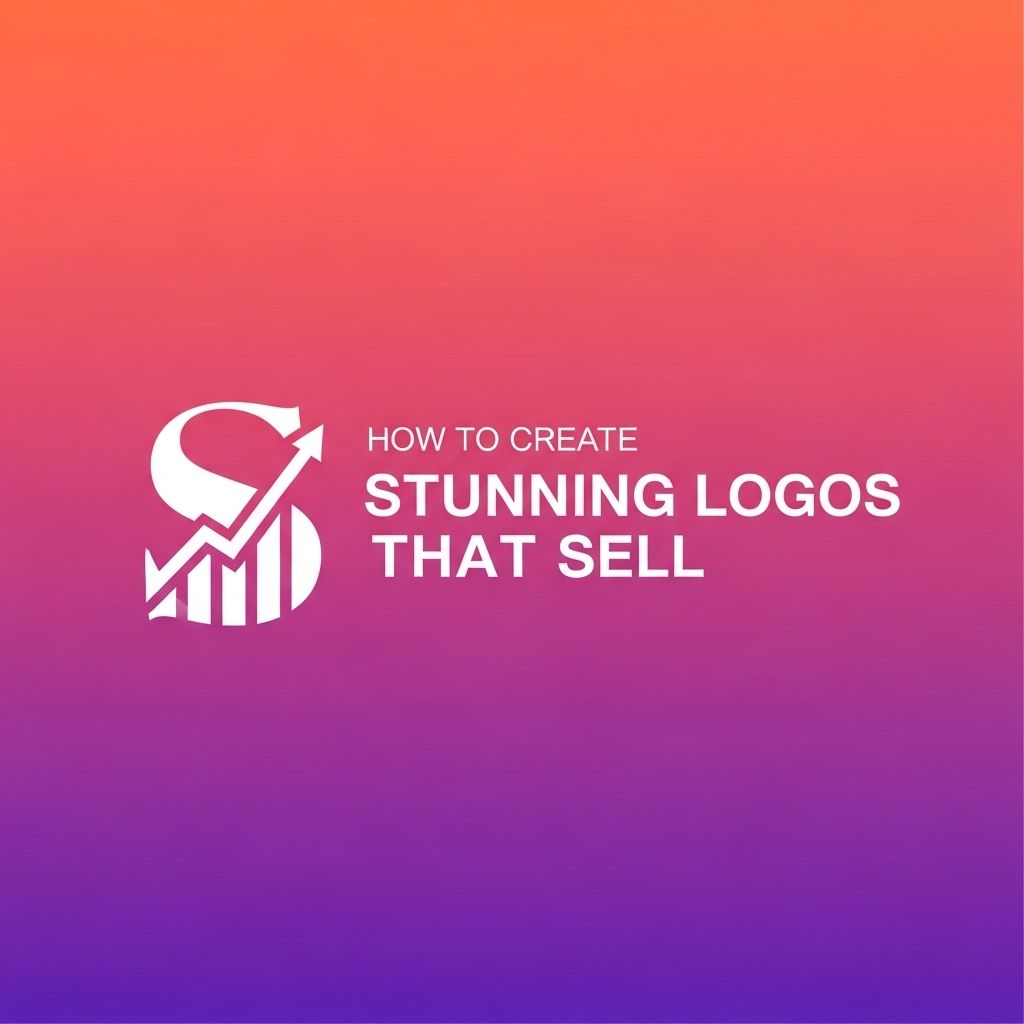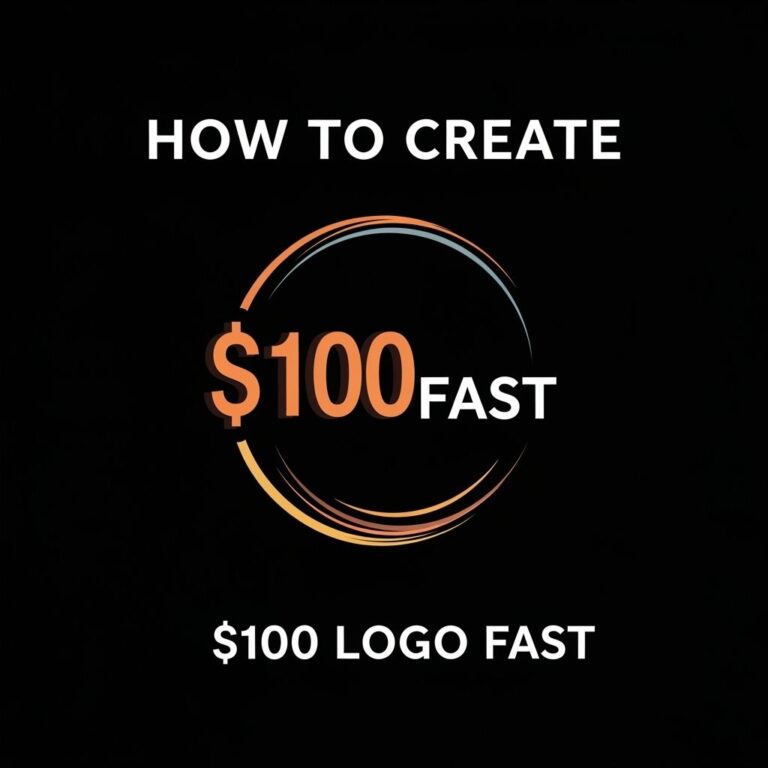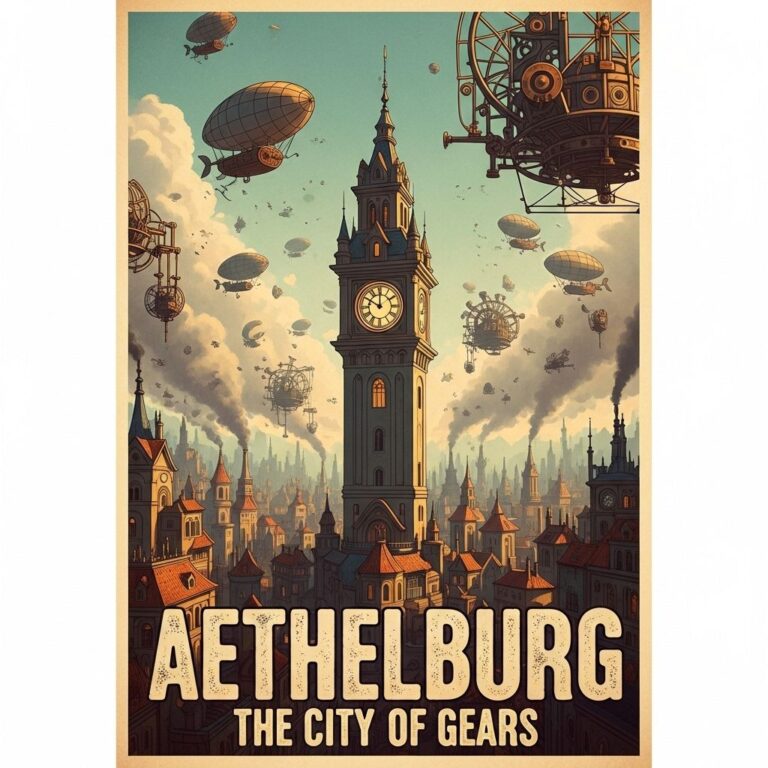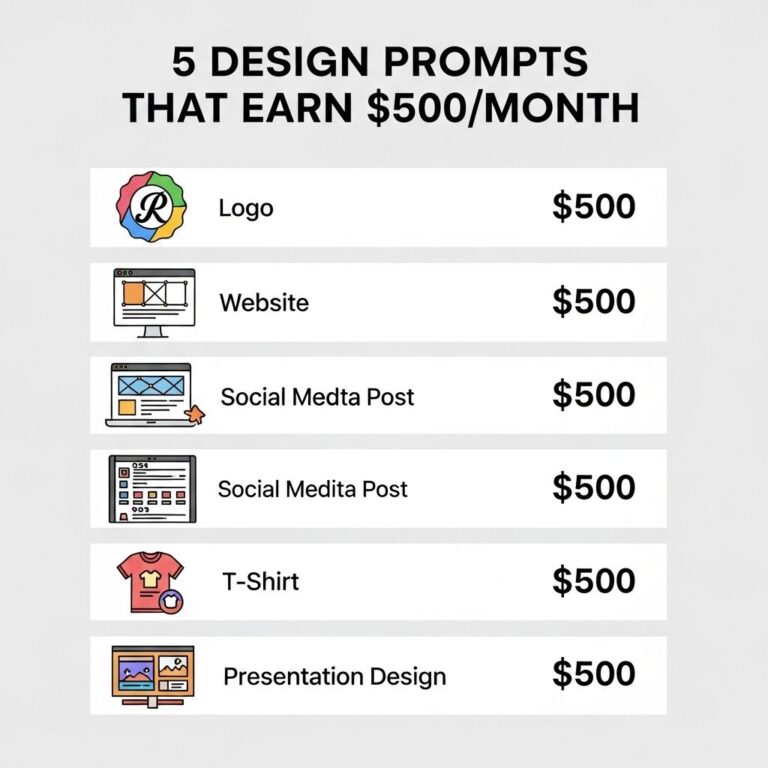Creating a stunning logo is a vital step for any brand looking to establish a powerful identity in a competitive marketplace. A logo is often the first point of contact between a business and its potential customers. It conveys the essence of the brand and should engage the target audience instantly. This article delves into the art and science of logo creation, providing essential tips, techniques, and inspiration to design logos that not only look great but also sell.
Table of Contents
Understanding the Importance of a Logo
A logo serves several critical functions in branding and marketing:
- First Impression: It is usually the first element customers see.
- Brand Identity: It encapsulates the message and values of the brand.
- Memorability: A unique logo is easier for customers to remember.
- Professionalism: A well-designed logo reflects a professional image.
Defining Your Brand Identity
Before jumping into the design process, it’s essential to define what your brand stands for. This foundation will guide the design decisions you make.
Key Elements of Brand Identity
- Vision: What future do you envision for your brand?
- Mission: What is the purpose of your brand?
- Values: What principles guide your brand’s actions?
- Target Audience: Who are you aiming to attract?
The Design Process
Once you have a clear understanding of your brand identity, you can begin the design process. Here’s a step-by-step guide:
1. Research and Inspiration
Start by gathering inspiration. Look at competitors, visit design galleries, and browse platforms like Pinterest and Dribbble.
2. Brainstorm Ideas
Utilize brainstorming techniques to explore different ideas:
- Mind Mapping: Create a visual representation of your thoughts.
- Sketching: Rapidly sketch different concepts.
- Word Association: Generate words related to your brand that can inspire shapes and symbols.
3. Choose Your Design Style
Decide on a design style that resonates with your brand:
- Classic: Timeless and traditional.
- Modern: Minimalistic and current.
- Playful: Fun and engaging.
- Elegant: High-end and sophisticated.
4. Typography
Typography is a crucial element of logo design. Choose fonts that reflect your brand’s personality:
| Font Type | Best For |
|---|---|
| Serif | Established and reliable brands |
| Sans-serif | Modern and clean brands |
| Script | Elegant and artistic brands |
| Display | Unique and standout brands |
5. Color Palette
Colors evoke emotions and convey messages. Choose a color palette that aligns with your brand’s values:
- Red: Energetic and passionate.
- Blue: Trustworthy and dependable.
- Green: Peaceful and organic.
- Yellow: Cheerful and optimistic.
6. Create Drafts
Use design software like Adobe Illustrator or Canva to create digital drafts of your logo. Experiment with different combinations of fonts, colors, and imagery.
7. Seek Feedback
Share your drafts with trusted peers or potential customers to gather feedback. Pay attention to:
- Understanding: Is your logo easily understood?
- Attractiveness: Does it visually appeal to your audience?
- Memorability: Is it something people will remember?
8. Refine Your Design
Based on the feedback received, make necessary adjustments to improve your logo. This may involve tweaking colors, adjusting typography, or simplifying elements.
Finalizing Your Logo
Once you are satisfied with your logo design, finalize it in multiple formats for different uses. Common formats include:
- SVG: Scalable vector format for web use.
- PNG: Raster format with transparent background.
- JPG: Suitable for print.
Tips for Effective Logo Design
Keep these tips in mind as you create your logo:
- Keep it simple: A clean and straightforward design is often more effective.
- Make it versatile: Your logo should work across different mediums and sizes.
- Ensure it’s timeless: Avoid trendy elements that may become outdated.
- Test different backgrounds: Check how your logo looks on various backgrounds.
Conclusion
A well-designed logo is more than just a pretty picture; it is a strategic asset that can significantly impact your brand’s success. By understanding your brand’s identity, following a structured design process, and focusing on quality and simplicity, you can create logos that not only look stunning but also resonate with your target audience, ultimately driving sales and fostering brand loyalty.
FAQ
What are the key elements of a stunning logo?
A stunning logo should be simple, memorable, timeless, versatile, and appropriate for the brand it represents.
How can color influence logo design?
Color plays a crucial role in logo design as it evokes emotions and communicates brand values. Choosing the right color palette can significantly impact how the logo is perceived.
What tools can I use to create a logo?
There are several tools available for logo creation, including Adobe Illustrator, Canva, and logo design software like Looka or Hatchful, which offer user-friendly interfaces and templates.
Should I hire a professional designer for my logo?
Hiring a professional designer can be beneficial if you’re looking for a unique and high-quality logo that captures your brand identity effectively.
How can I ensure my logo is versatile for different uses?
Design your logo in vector format so it can scale without losing quality. Test it in various sizes and on different backgrounds to ensure it remains effective in all applications.
What mistakes should I avoid when designing a logo?
Common mistakes include overcomplicating the design, using too many colors, following trends too closely, and failing to consider how the logo will look in different formats.









